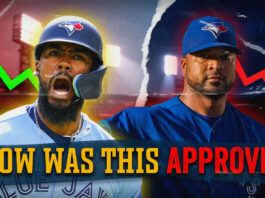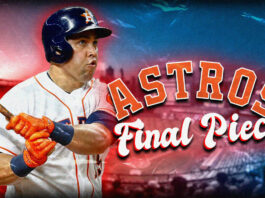
Nyjer Morgan was more than just a baseball player. As a showman in cleats, he made routine plays exciting for seven seasons. Interviews became entertaining events thanks to his alter ego “Tony Plush.” Throughout his career, Morgan hit .282 with 172 steals. Beyond these numbers lies a story of a player who created a character fans could spot instantly, like recognizing an old friend across the ballpark.
18. The Crazy Play No One Saw Coming
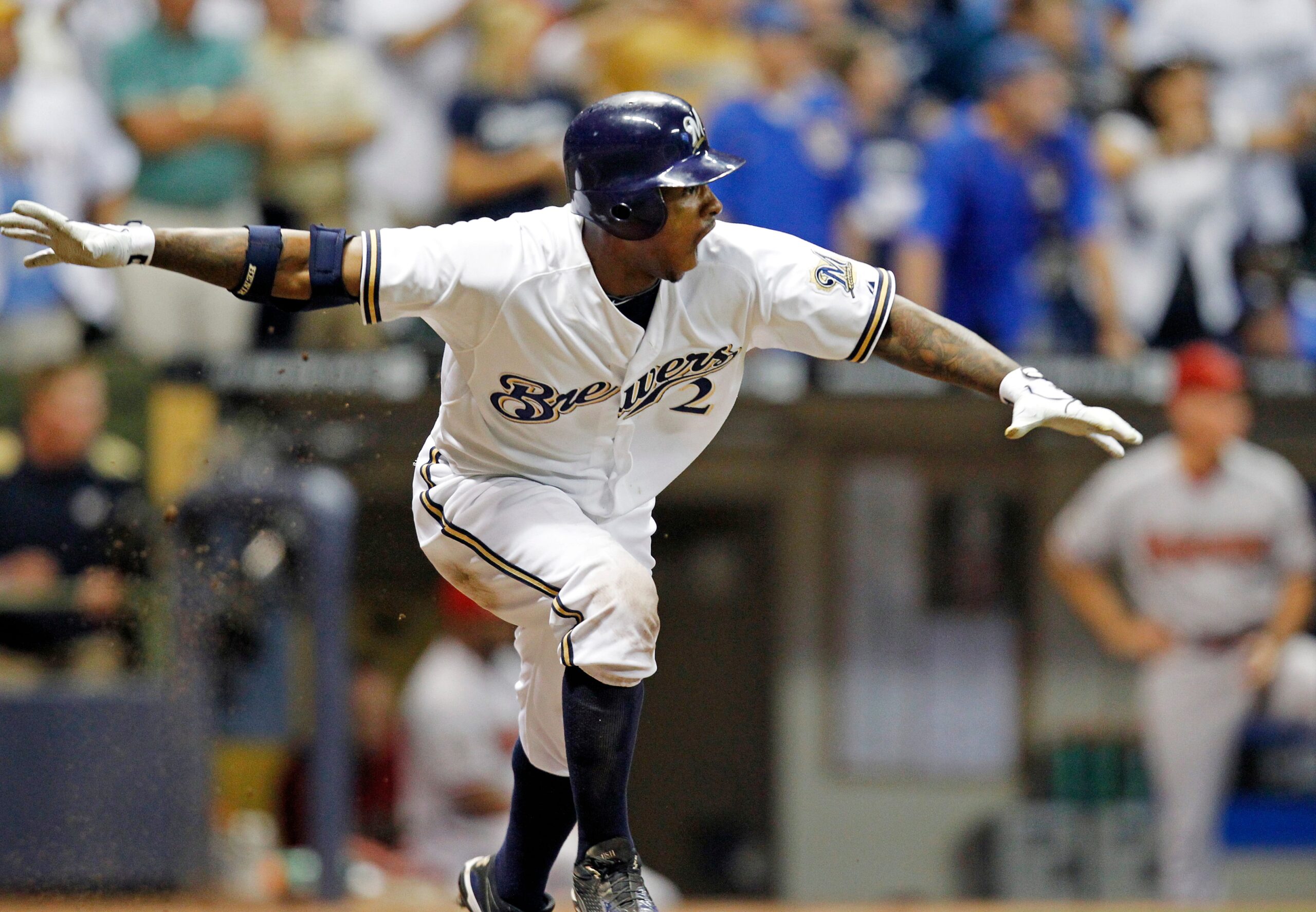
In May 2010, Morgan turned a mistake into magic. After a fly ball was dropped and the fielder threw down his glove, he sprinted all the way home for an inside-the-park homer. Just a month later, he climbed the wall to steal a home run from the same team. These contrasting plays reveal Morgan’s essence. One day he’d make you scratch your head, the next he’d leave your jaw on the floor. Never did his career follow a predictable path.
17. From Hockey Skates to Baseball Cleats
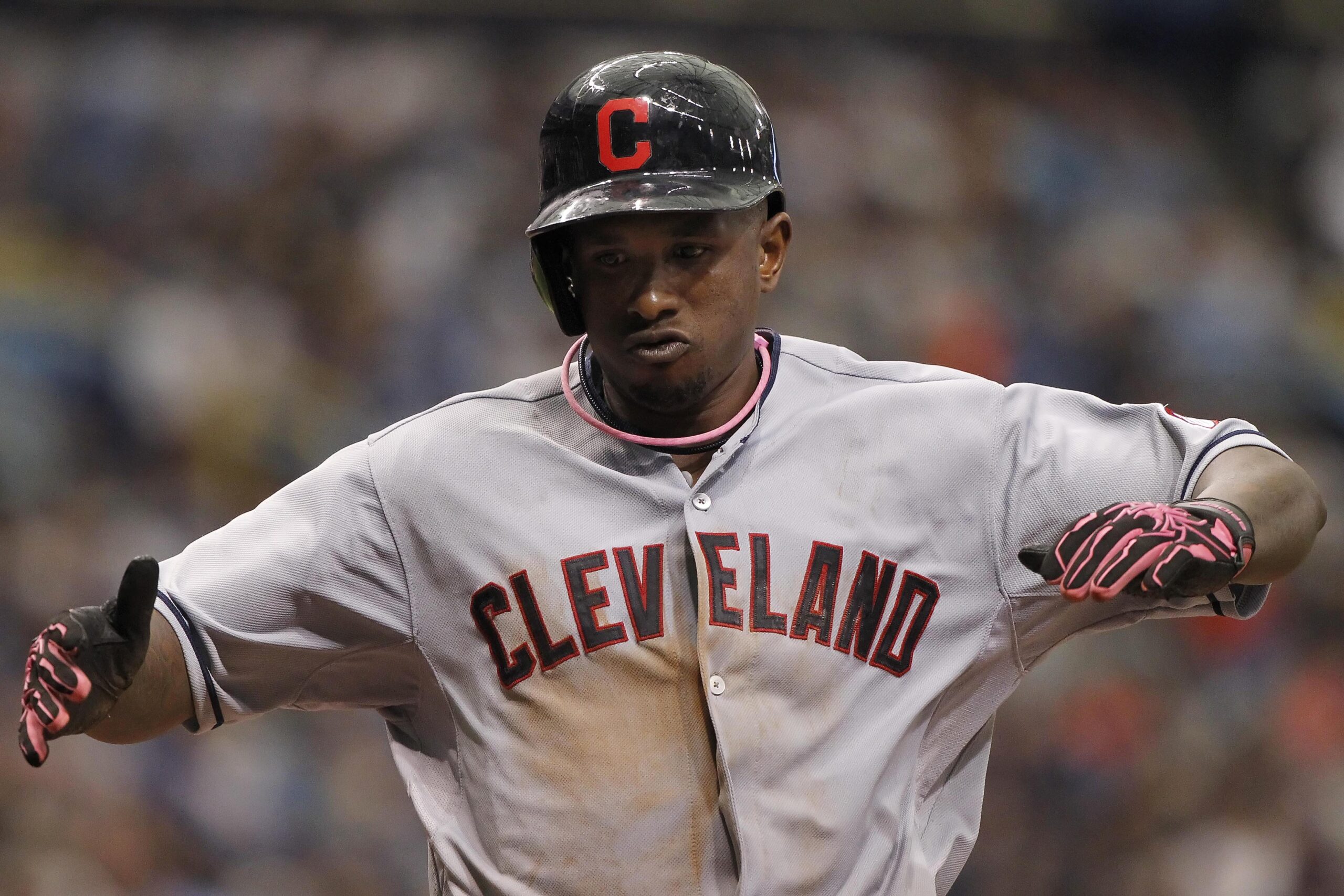
Taking an unusual path to MLB, Morgan first played hockey in Canada with the Regina Pats. This background explains his all-out style on the field. Every stolen base, hard slide, and wall collision carried the intensity of his ice hockey days. While most outfielders modeled themselves after other baseball players, Morgan brought hockey moves to the outfield. Watching him run the bases resembled a player racing along the boards. Baseball purists grew nervous at his style, yet fans embraced the raw energy.
16. Breaking Out and Moving Up

During 2009, Morgan transformed from nobody to somebody. Before being traded, he hit .307 with Pittsburgh. His batting improved to .351 in Washington. That year included 42 stolen bases and 27 runs saved with his glove. For a beautiful summer, he performed like a star. Once his hitting dropped in 2010, people viewed his antics through a different lens. Baseball only tolerates personality when paired with production. Nothing cures reputation problems like hitting the ball well.
15. The Throw That Changed His Story
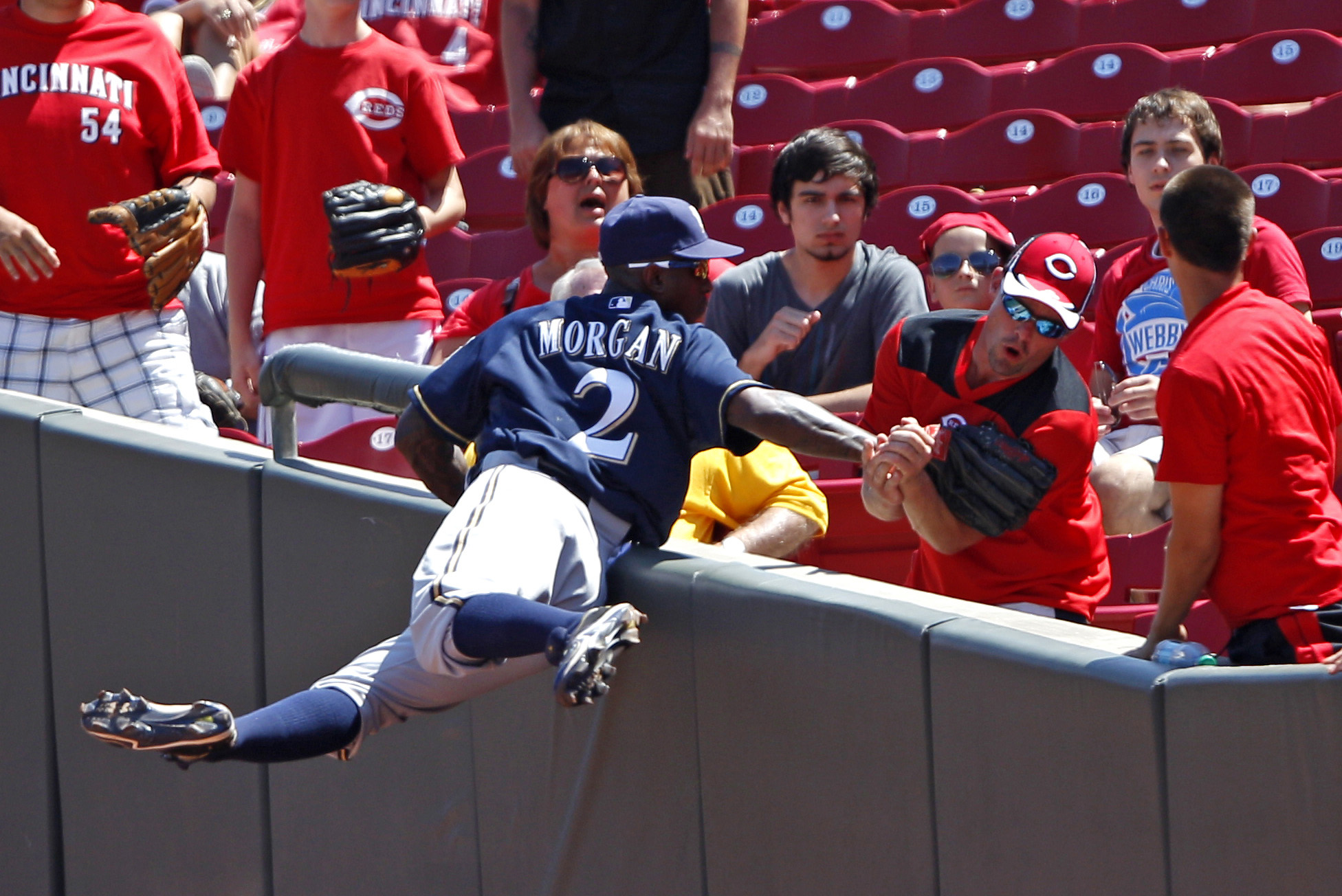
Everything shifted in August 2010 when Morgan threw a ball that hit a fan in Philadelphia. His punishment was a seven-game ban. Strangely, both Morgan and his manager claimed ignorance about the incident at first. This moment transformed his public image from fun troublemaker to genuine problem. Within baseball’s culture, players can bend rules only to a point. After crossing that line, Morgan found it nearly impossible to shake the “problem player” label in baseball’s conservative world.
14. The Rule No One Knows About

Hidden in baseball’s rulebook lies this obscure fact: touching a teammate while running the bases makes you out. Morgan discovered this when he missed home plate and a teammate tapped him to go back. Because he was still in motion, the umpire called him out immediately. Even veteran fans watching looked confused by the call. Such moments highlight why baseball brings both joy and frustration. Under its simple appearance, the game hides rules that would confuse even legal experts.
13. The Fight That Made Him Famous
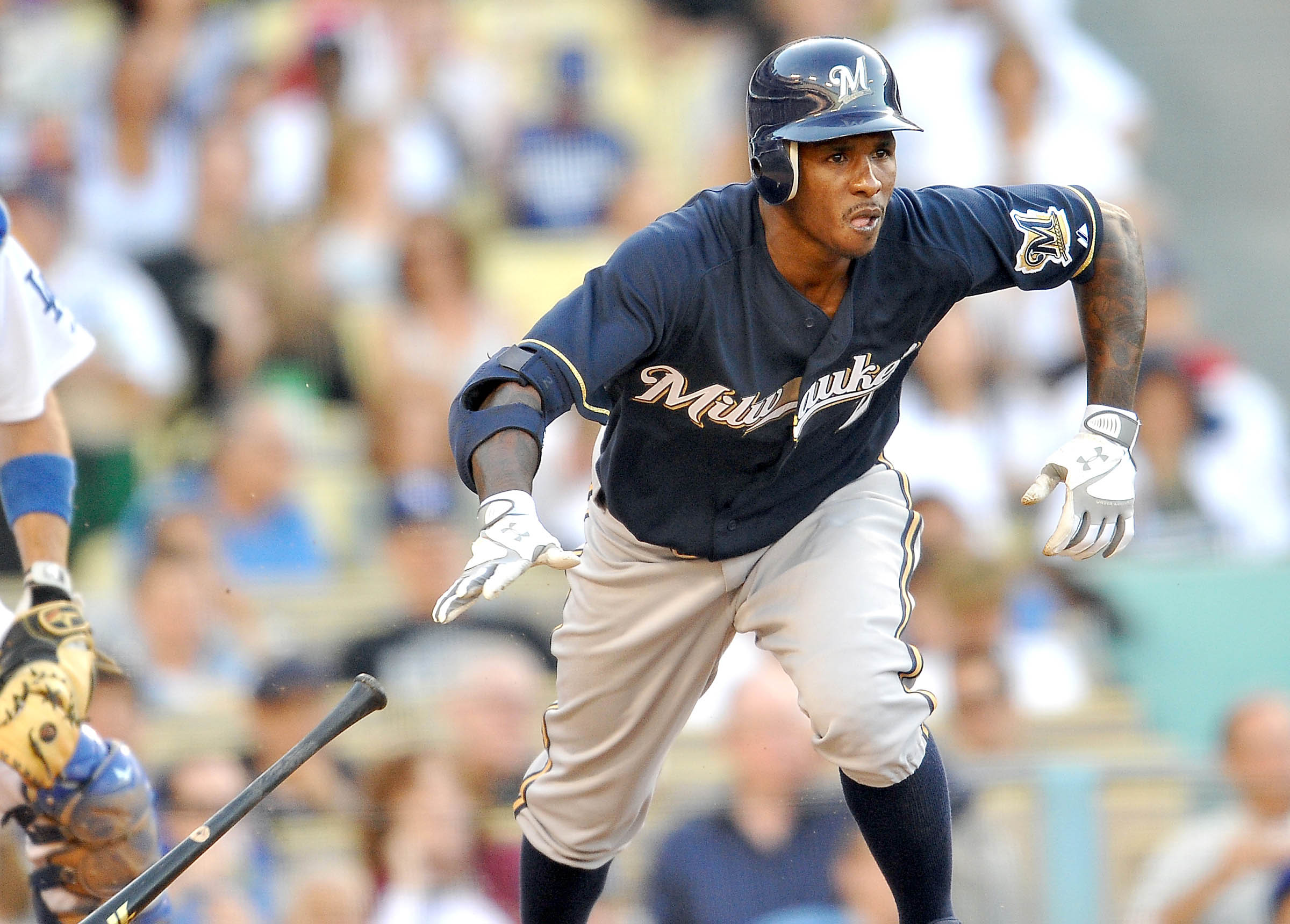
After getting hit by a Marlins pitcher in 2010, Morgan immediately stole two bases. When struck by another pitch later, rage took over and he charged the mound. The resulting brawl earned him an eight-game suspension. This incident reveals baseball’s strange code of honor. Players accept being hit by pitches as part of the game, yet stealing bases afterward breaks unwritten rules. Morgan’s greatest offense wasn’t fighting—it was refusing to follow baseball’s accepted retaliation script. Such independence made him simultaneously beloved and despised.
12. The Trade That Fixed Everything
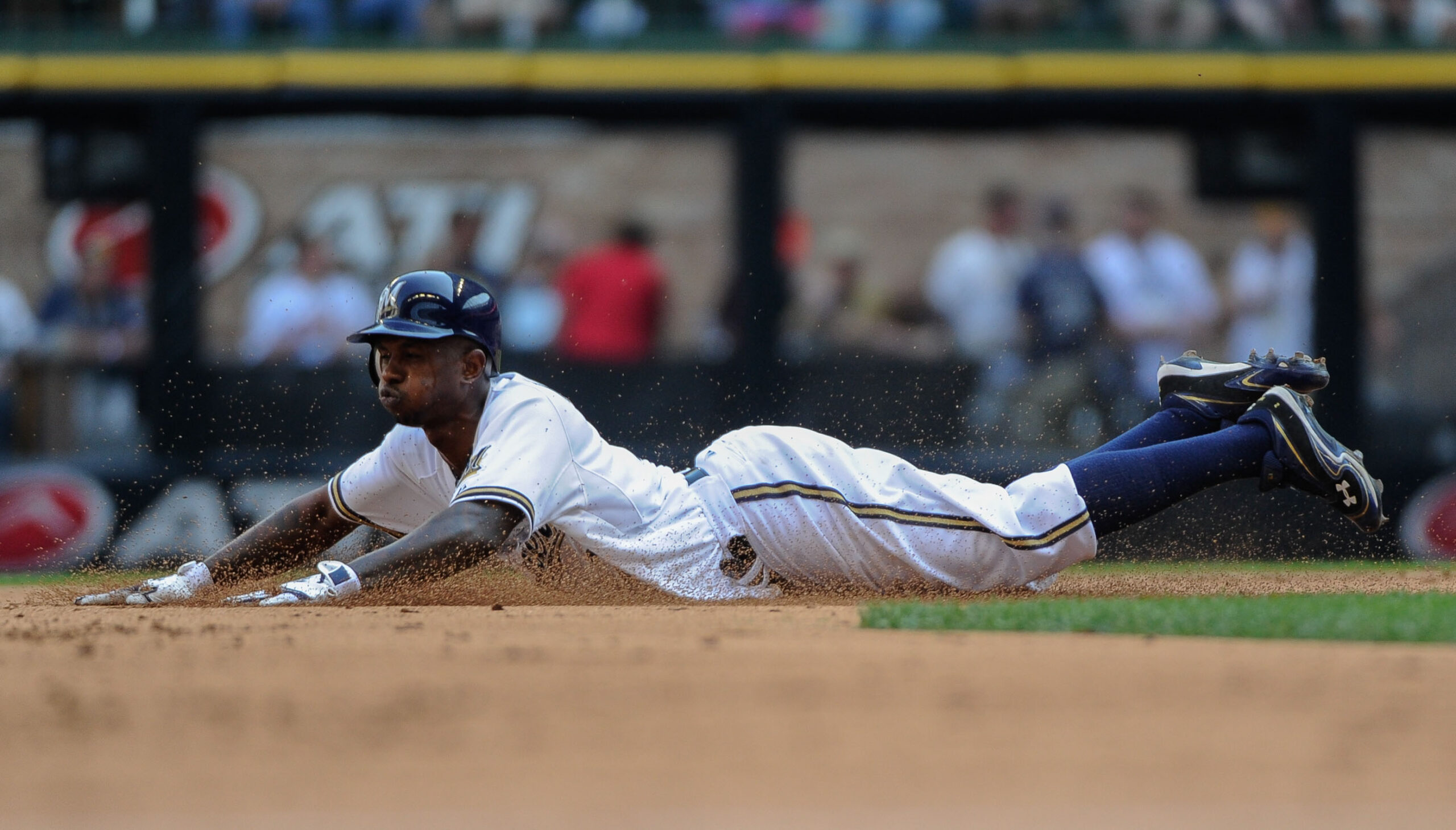
Washington gave up on Morgan by 2011, trading him to Milwaukee for minor leaguer Cutter Dykstra. At the time, it looked like two teams simply swapping headaches. This move gave Morgan a clean slate, and he thrived with a .304 average and 35.7% on-base percentage in Milwaukee. Finding the right fit proved crucial to his revival. The energetic Miller Park atmosphere matched perfectly with his larger-than-life personality. Just as unexpected food combinations sometimes create culinary magic, Morgan and Milwaukee formed a perfect pairing.
11. Finding His People
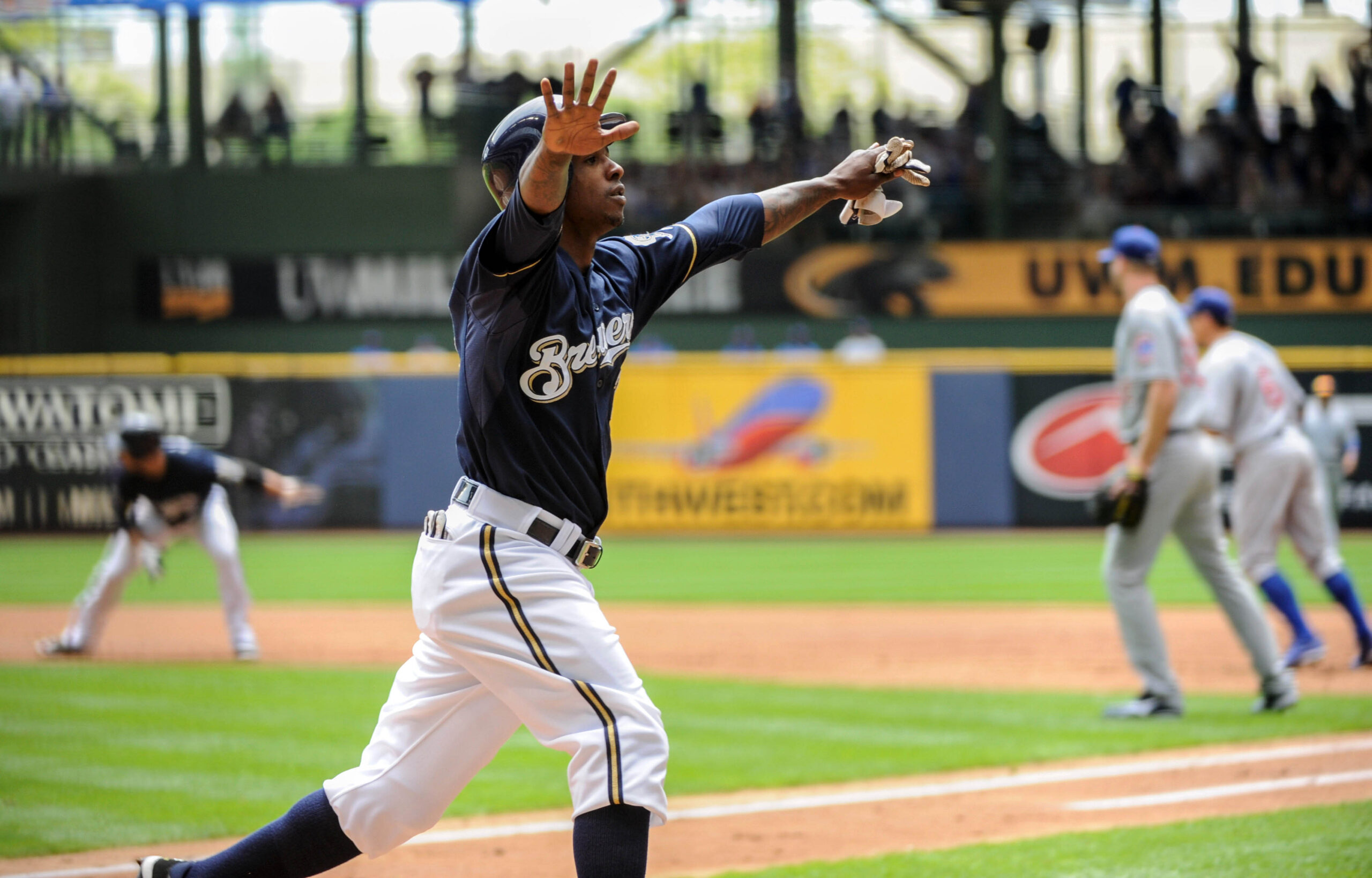
Most baseball players maintain professional distance from fans. Not Morgan—he treated Miller Park crowds like old friends, often celebrating with spectators after routine catches. Activities labeled as showboating in Washington became beloved traditions in Milwaukee. His experience demonstrates how identical behaviors can be interpreted differently depending on location. What one city calls “unprofessional,” another celebrates as “passionate.” Eventually, Morgan discovered what everyone seeks: acceptance for his authentic self.
10. The Man Behind Tony Plush
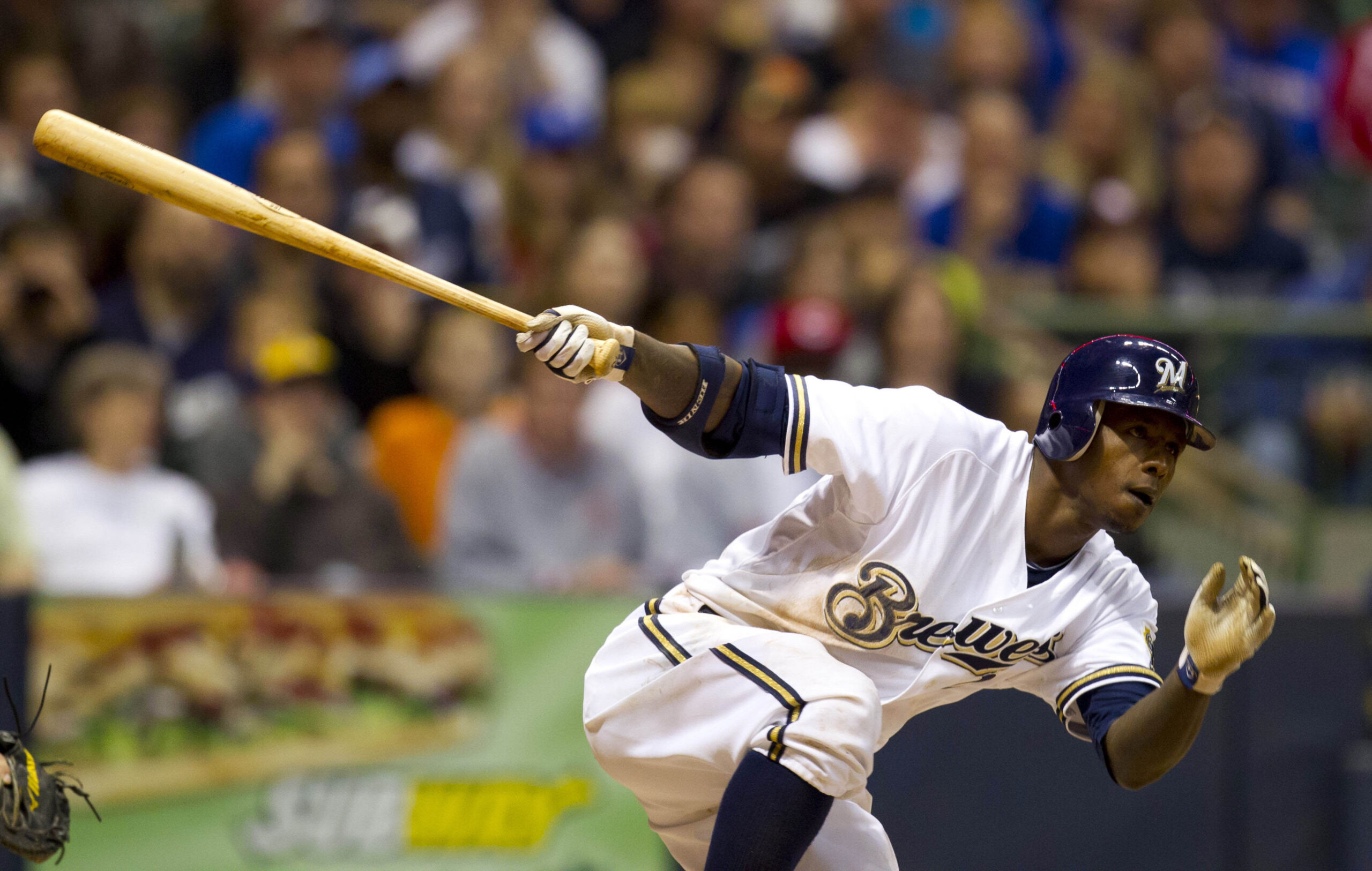
Far beyond a simple nickname, “Tony Plush” developed into a complete alternate identity. According to Morgan, Plush possessed more refinement than his creator. The irony wasn’t lost on fans, as this “gentleman” would shoot invisible arrows and pantomime tea-drinking after big plays. During interviews, Morgan often referred to “Nyjer” in the third person as though discussing someone else entirely. Creative expressions like this bring much-needed fun to baseball. While many athletes approach games with businesslike seriousness, Plush served as both artistic outlet and protective barrier in a sport that can be mentally taxing.
9. Twitter Trouble
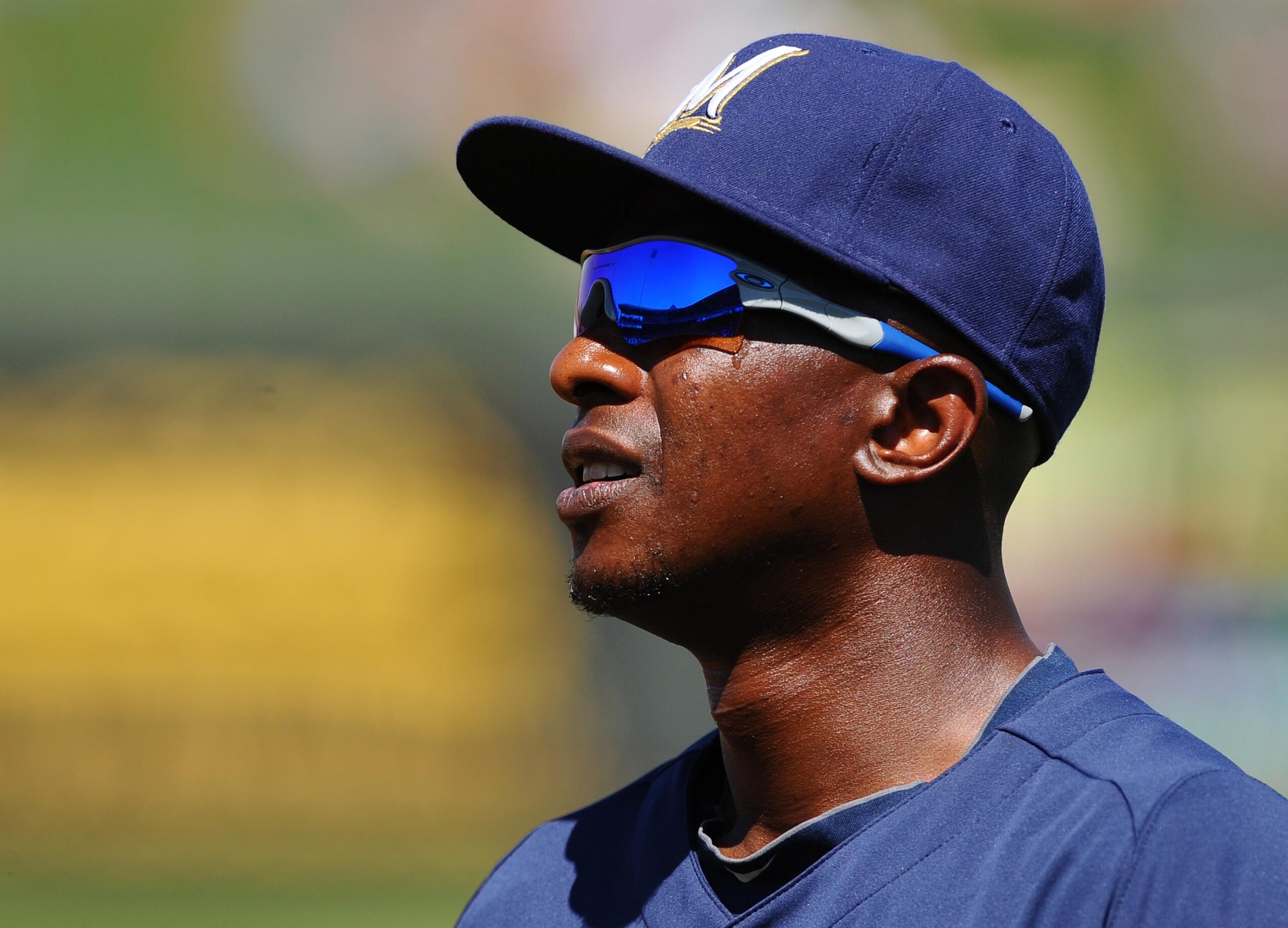
Long before social media training became standard for athletes, Morgan demonstrated why such education matters. Following a near-fight with star player Albert Pujols, his Twitter account posted messages calling him “Alberta” while bragging about Milwaukee’s division lead. Those posts disappeared later amid dubious claims of hacking. Few believed this excuse. By engaging in social media drama before it became commonplace, Morgan showed how direct access to fans could backfire for impulsive players.
8. The Hit That Made Him a Hero

Every controversy in Morgan’s career—the fights, suspensions, and Twitter drama—faded to background noise after one swing in the 2011 playoffs. With the series tied against Arizona, his clutch hit won the game and advanced Milwaukee to the next round for the first time in 29 years. Fans who had questioned his antics now celebrated him as he raced to first base. Few things match sports’ ability to create redemption stories. Traits once labeled as character flaws suddenly seemed like competitive fire. A single hit rewrote his entire narrative.
7. When Fans Get Too Close
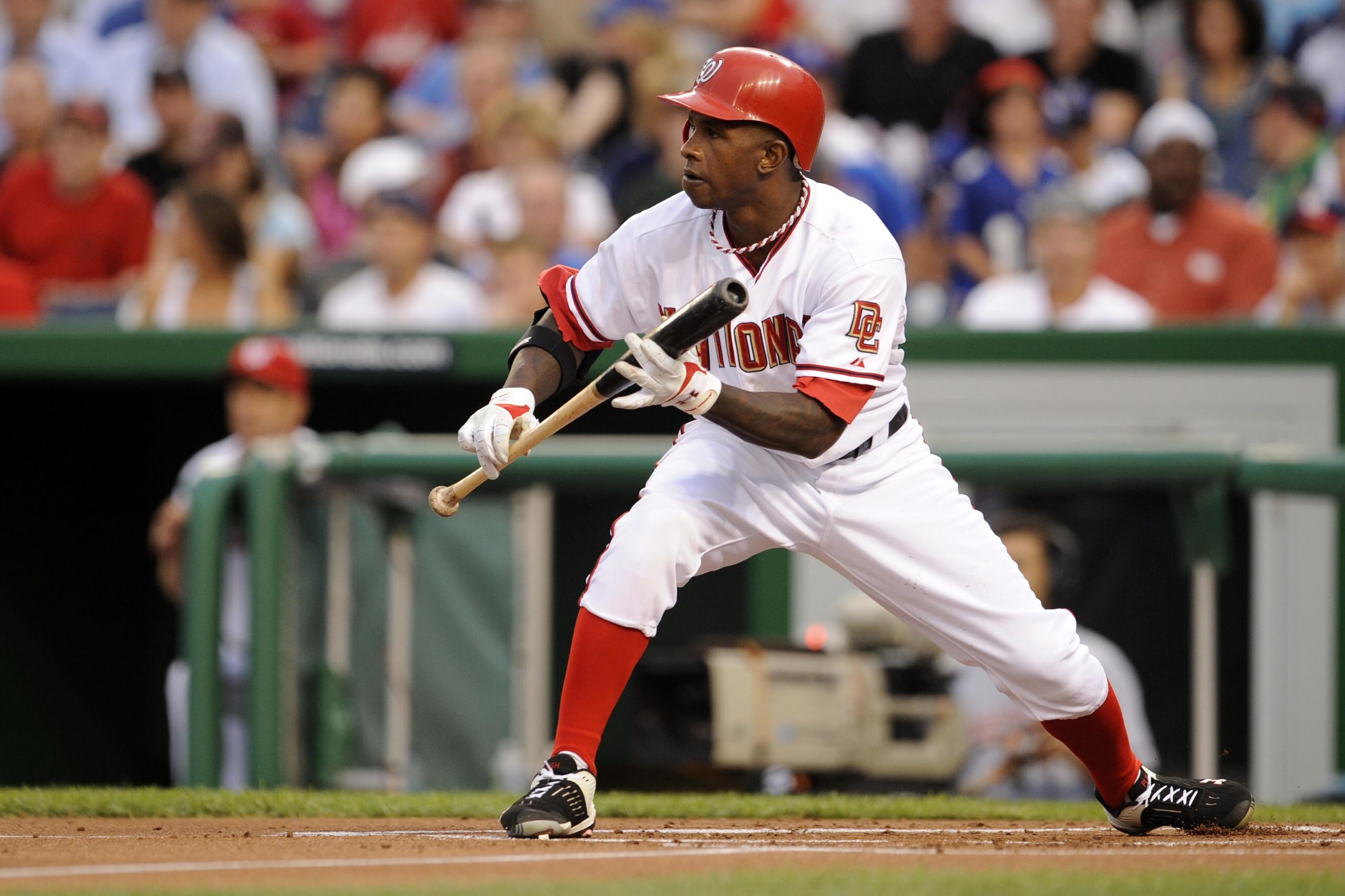
A fan reaching over to block Morgan from catching a foul ball in June 2012 created an awkward moment. Rather than erupting, Morgan responded with a measured push and verbal comment. This interaction highlighted baseball’s unique spatial dynamics. Unlike other sports, baseball positions players just feet from spectators. To everyone’s surprise, the typically emotional Morgan showed remarkable restraint. Sometimes a person’s character reveals itself most clearly through reactions to minor provocations rather than major challenges.
6. Slowing Down
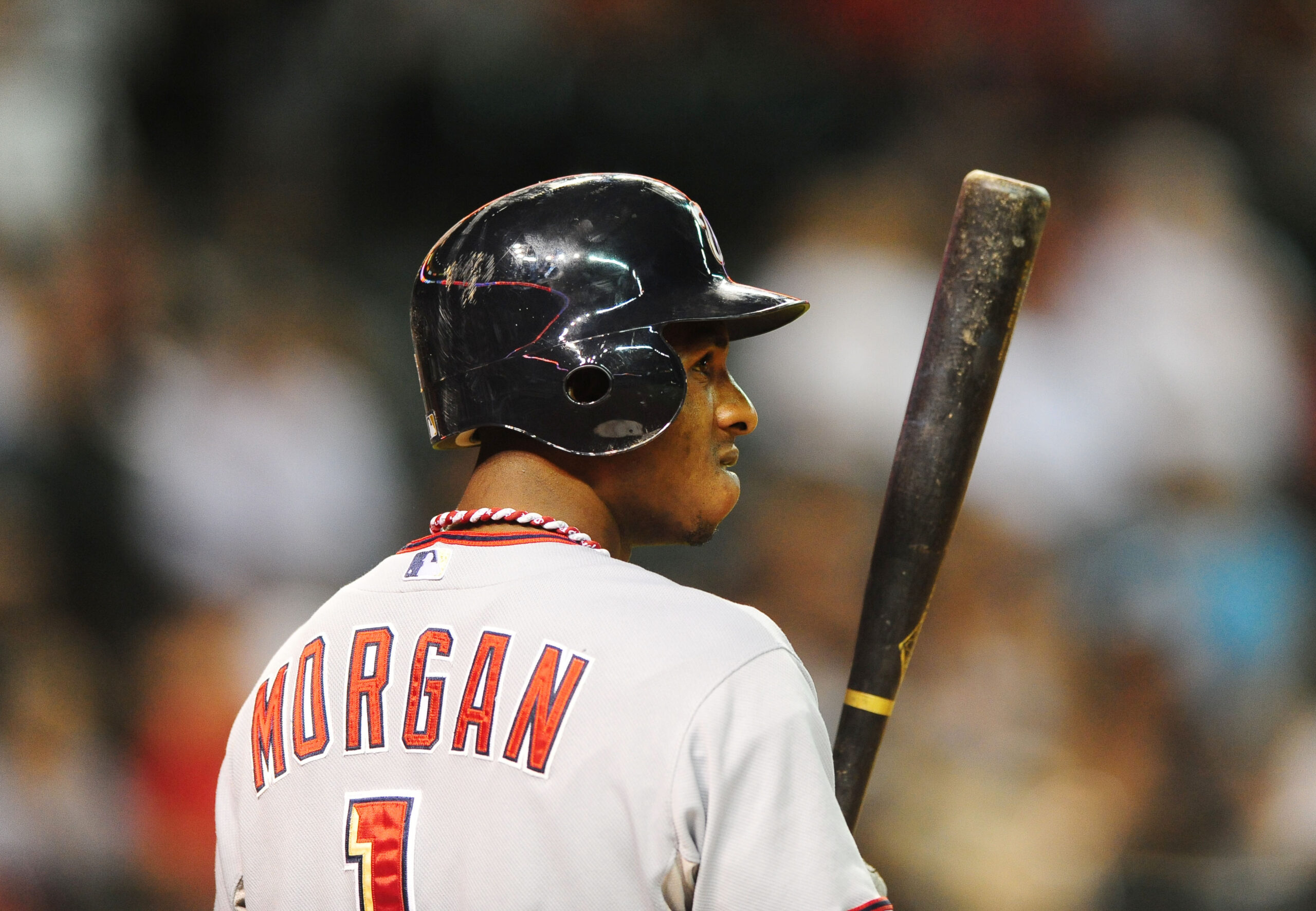
Players who rely on speed typically decline quickly in baseball. Morgan’s batting average dropped to .239 by 2012 as he stole fewer bases. Without production to offset his reputation, no MLB team offered him a contract for 2013. Moving to Japan, he managed a respectable .294 batting average. His journey demonstrates baseball’s cold business reality—personality only matters when paired with performance. A brief Cleveland comeback in 2014 showed promise (.341 in 15 games) until injuries permanently closed his MLB chapter.
5. One Last Splash

During his final MLB weeks with Cleveland in 2014, Morgan’s career came full circle. Between belly-flopping on a steal attempt and tripping in the outfield, he launched his last home run with characteristic flair. Then came the knee injury that ended everything. Those few weeks perfectly captured his essence—combining humor, skill, joy, and misfortune. No farewell tour awaited him like famous stars receive. Instead, like most players, his career ended with a simple transaction note buried deep in the sports pages.
4. Life After Baseball
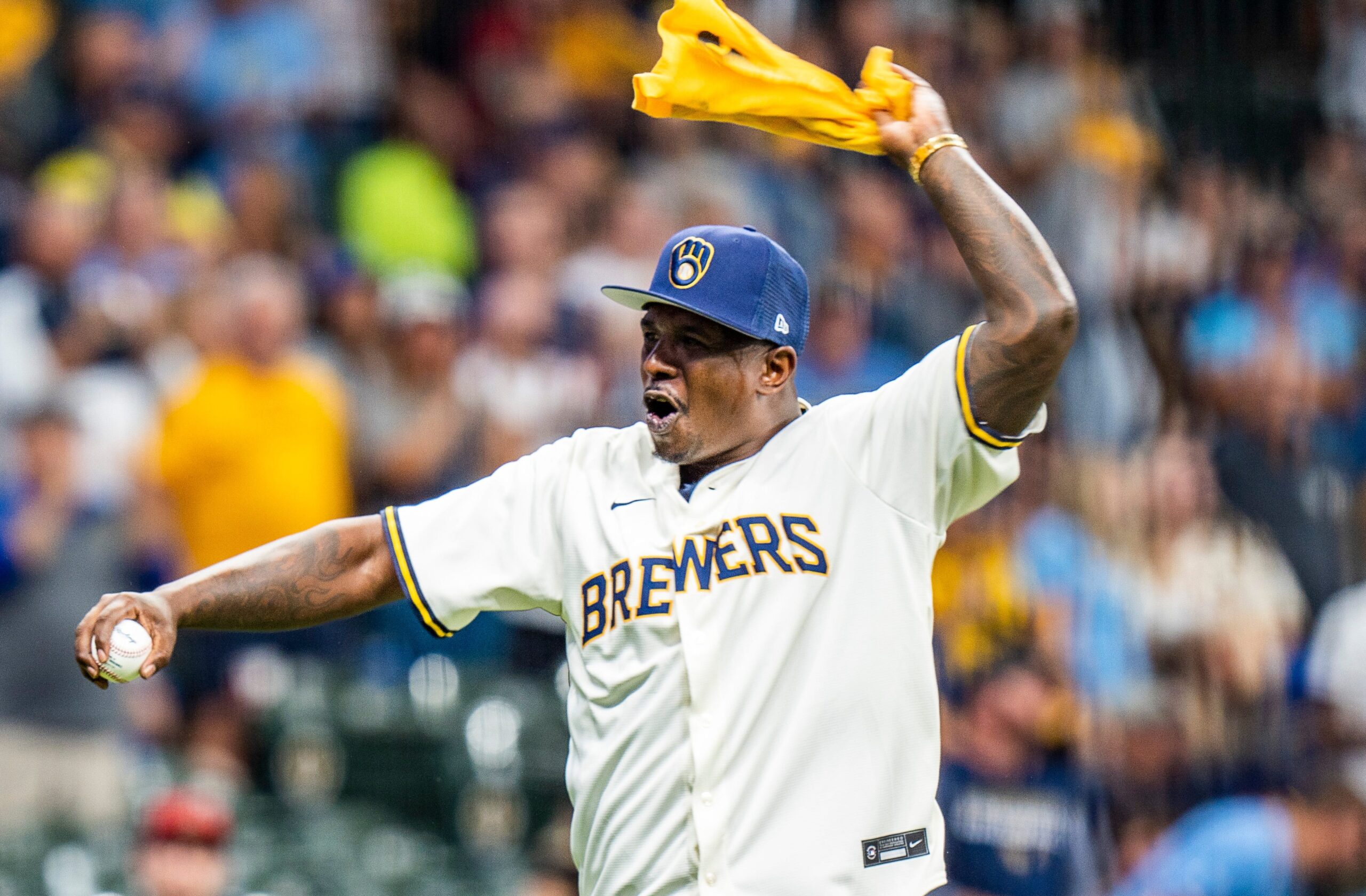
Many athletes follow a predictable emotional path after retirement, and Morgan was no exception. First comes anger, followed by adjustment struggles, and eventually personal growth. After playing overseas until 2018, he transitioned to real estate while attending anger management classes. Family became his priority before coaching youth baseball in Miami captured his interest. Currently developing “Tony Plush’s Elite Baseball,” he exemplifies the ideal outcome for former players—channeling specialized knowledge to help others while healing from his own career’s end.
3. Back to Milwaukee
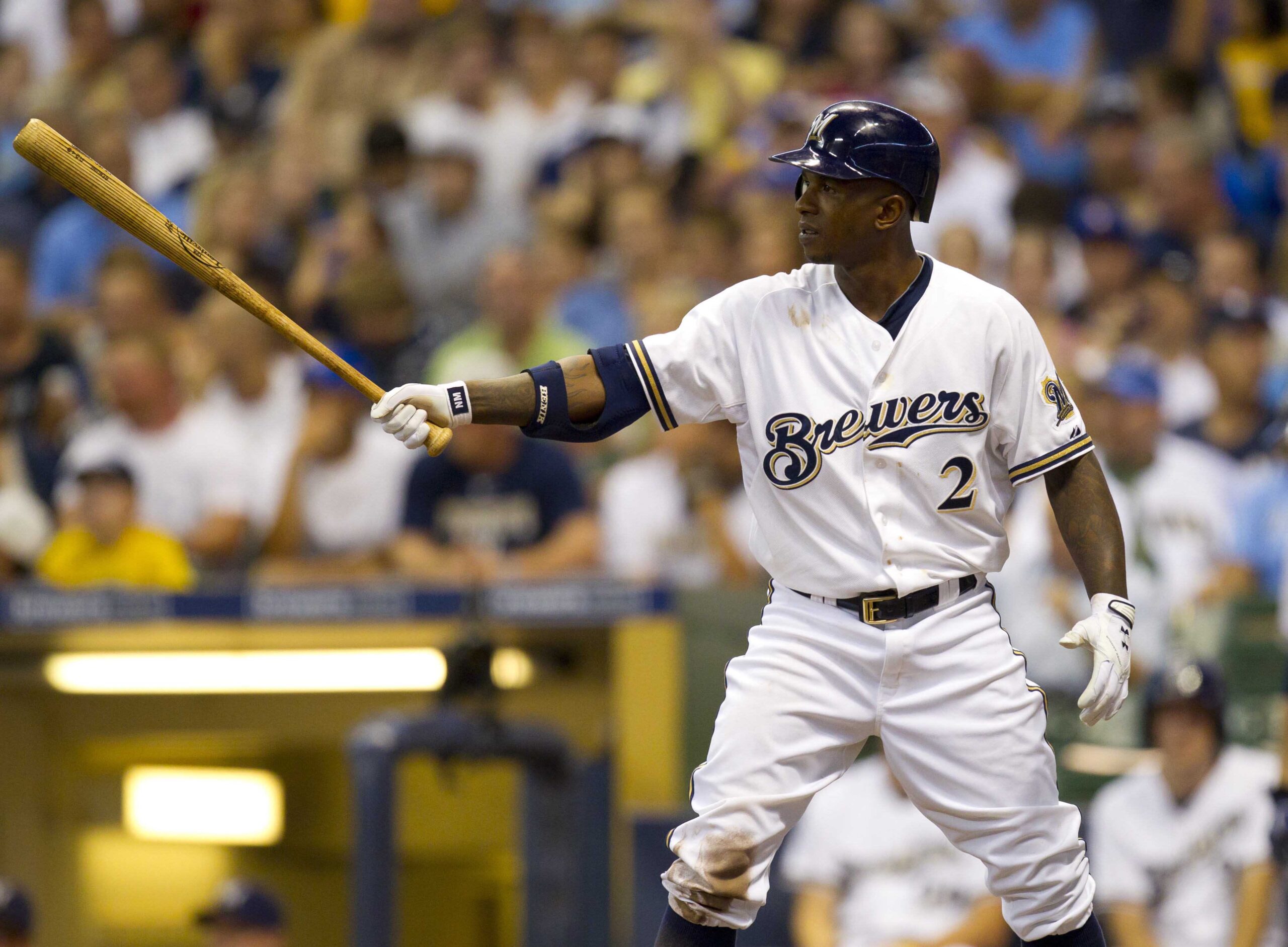
Despite his brief tenure, a special connection formed between Morgan and Milwaukee. Returning to throw out the first pitch during the Brewers’ 2018 playoff run, he received thunderous applause. This reception reveals what statistics miss—authentic human connections between players and cities. Though many outfielders with superior numbers have worn the Brewers uniform, few established such powerful fan bonds. His enduring popularity demonstrates that spectators value compelling personalities and memorable moments as much as statistics or championships.
2. Changing the Game
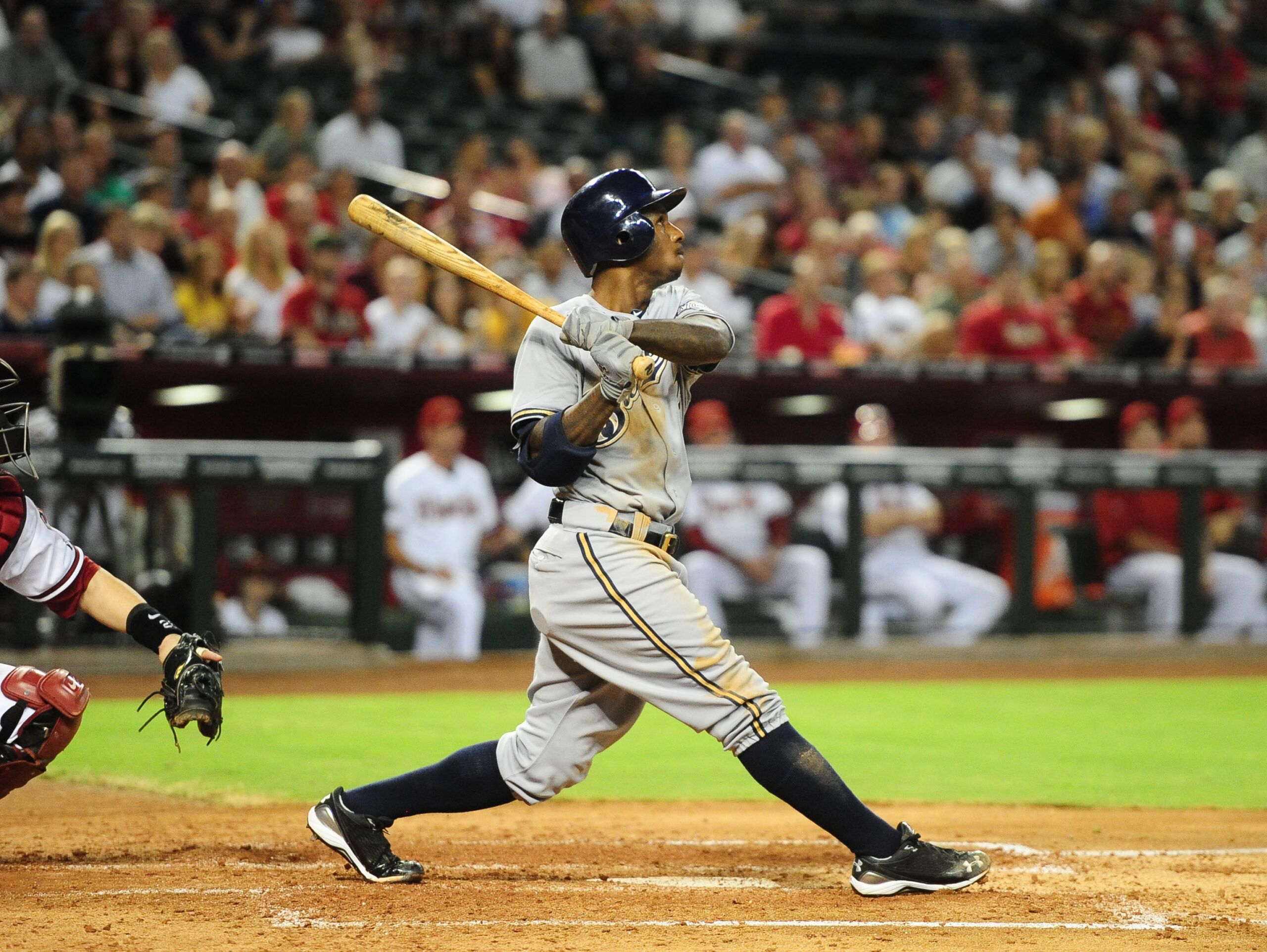
Beyond his personal achievements, Morgan’s influence extended to baseball’s broader culture. His exuberant celebrations helped create space for today’s more expressive MLB environment. Young stars like Fernando Tatís Jr. now flip bats and dance after homers without facing the criticism Morgan once received. Over time, baseball has recognized that personality attracts fans as effectively as technical perfection. Without setting records or winning championships, Morgan still helped reshape what players could express on the field.
1. The Moment Milwaukee Will Never Forget
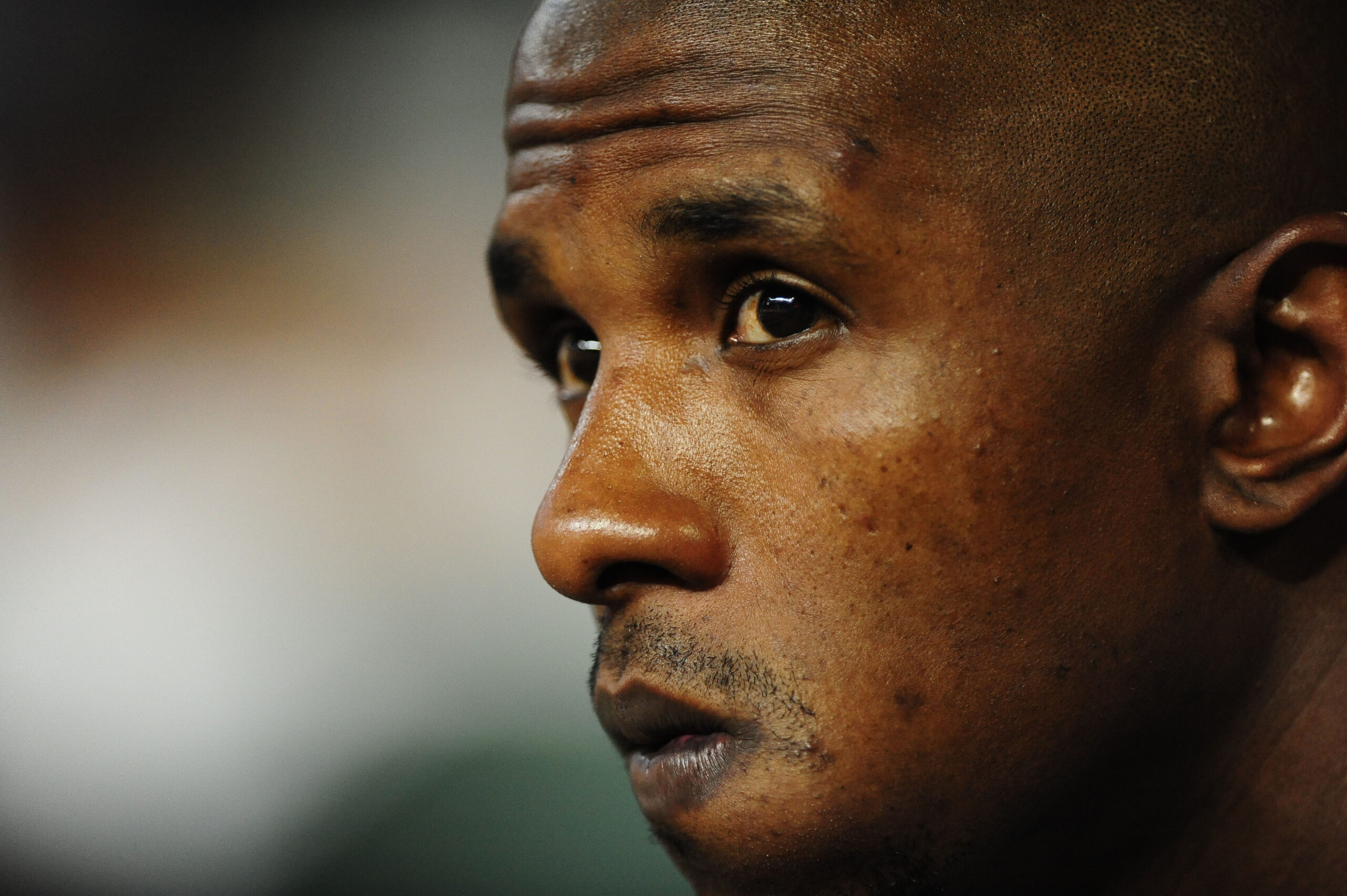
Forever etched in Milwaukee’s collective memory is Morgan’s playoff hit from 2011. That single up the middle, his ecstatic sprint to first base, and the jubilant teammate celebration became permanent fixtures in Brewers lore. In a city more familiar with baseball disappointment than triumph, his moment shines especially bright. Although his career spanned 598 games across seven seasons, most fans primarily remember those ten seconds of video. Statistical achievements may fade from memory, but Milwaukee will always cherish the October night when Tony Plush delivered when it mattered most.


